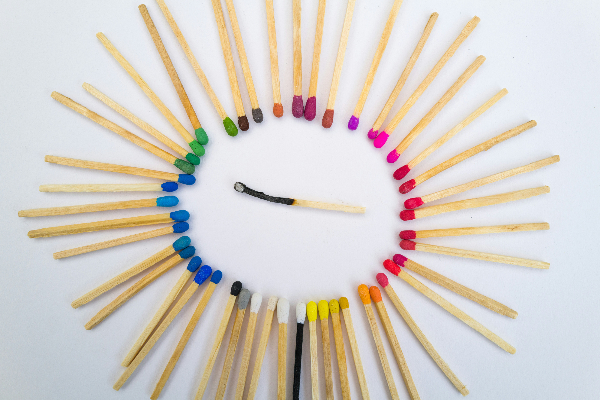Coming Together Post Election

After 15 years living in the US, I voted for the first time in the 2020 election. It was a proud moment, shared with my two children who cheered when the ballot made it inside the drop box. As a newly naturalized citizen, I was finally able to exercise the right to vote and fully participate in the democratic process in this country. I thought about all the people who were able to vote for the first time, those who were not allowed to vote–such as the 13M permanent residents in this country–or those who were discouraged to exercise this fundamental right. In a New York Times article, Stacy Abrams said “Voting is an act of faith. It is profound. In a democracy, it is the ultimate power.”
In recent posts, I have discussed how to create classrooms that are built on trust, consider the social and emotional conditions that make learning possible, and cultivate the resilience of the adults caring for children. In this moment, we cannot dismiss our responsibility as educators to create safe spaces for children to work through their post election emotions and express a diversity of perspectives, while we continue to promote justice in our schools.
This is a moment to come together as a community, while being relentless in the pursuit of excellence and equity for all our children. Social Emotional Learning is the vehicle that can help us get there.
This is a moment to come together as a community, while being relentless in the pursuit of excellence and equity for all our children.
Tweet
Here are a few ideas:
- Create a space to reflect on your own emotions and experiences during this time. By practicing your own HEART skills, you will be better able to facilitate conversations about this topic with your students. What are you feeling? What else are you feeling? How have you been impacted by this election? What are your choices moving forward?
- Create a space for constructive dialogue in your classroom. Dialogue is more than conversation and is also different from debate, where the goal is to win. Dialogue means that we are building collective learning and that we listen to understand. Prepare your students and yourself to have a productive conversation in your classroom:
- Start with reflection. Ask students to reflect on their thoughts and feelings about the election, and how these relate to their family or personal values.
- Co-create shared agreements with your students about how the class wants to engage with each other in this conversation.
- Be specific about the HEART skills you would like students to use and practice: taking a deep breath if they are feeling triggered, listening for understanding, assuming best intentions, etc.
- During the structured conversation, start with prompts to help build trust in the group, and then move to questions that may generate disagreement. If there are opposing views in your classroom, help students to build understanding of the different perspectives, while upholding the group’s shared agreements.
- Debrief the conversation. This is an important part of the process, where you ask students what worked and didn’t during the activity. It will give you important information for future conversations.
- Move students to action. Help students to identify 1 or 2 actions they can take, individually or as a classroom, to move the conversation forward and act on some of the challenges they discussed in class.
Educators can foster a learning environment where difficult conversations can happen, when they practice their own HEART skills and help their students do the same, and center their efforts in bringing people together to “get in good trouble” for justice.
Additional Resources
Classroom Culture: Critical Practices for Anti-Racist Education by Teaching Tolerance
Working Together to Realize our Shared Ideals by Facing History and Ourselves
Do You Teach about Ideological Diversity? By Teaching Tolerance
SEL Guidance for 2020 Election by CASEL
Subscribe to the HEART in Mind Newsletter
Research-Based Strategies for your SEL Toolbox









